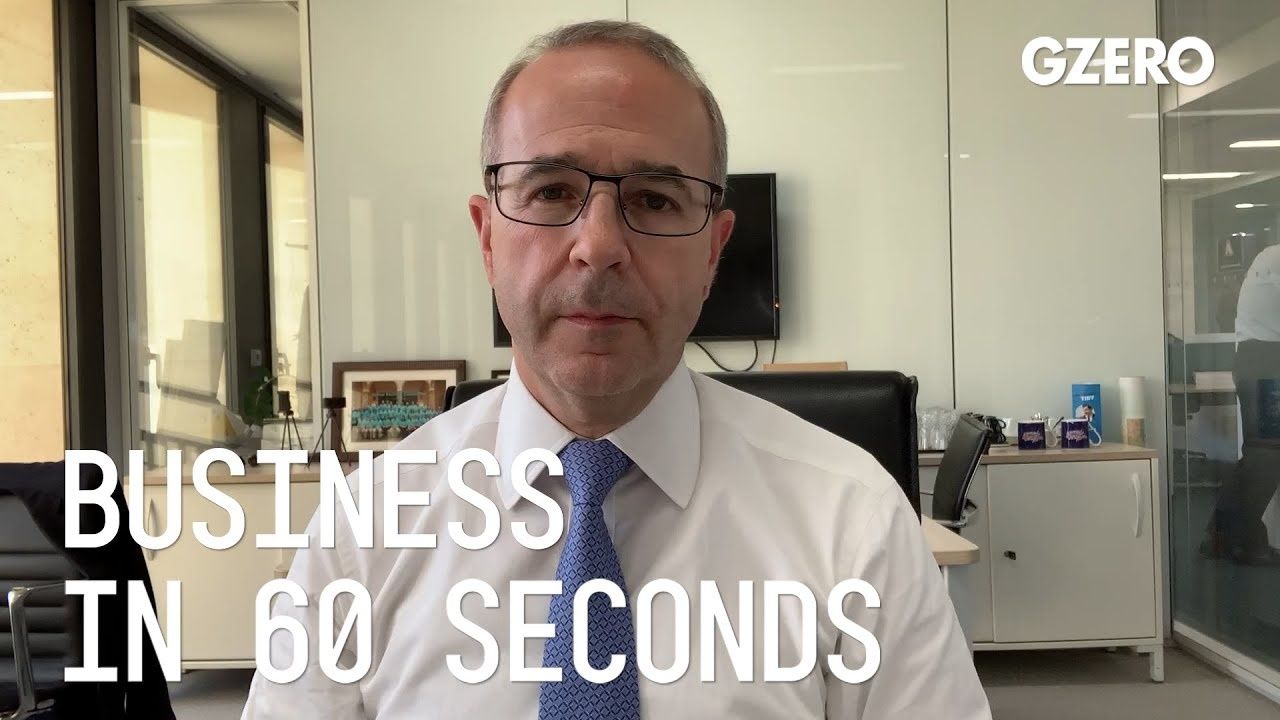In 60 Seconds
Balancing long-term business strategy with short-term needs

Balancing Long-Term Business Strategy With Short-Term Needs | Business In :60 | GZERO Media

Kevin Sneader, global managing partner for McKinsey & Company, provides perspective on how corporate business leaders think in response to the coronavirus crisis:
Why is managing for the long term difficult?
Well, we know from earlier research that companies that are oriented towards long-term performance, rather than short-term targets, generate more shareholder value, create more jobs, and contribute more economic growth. But we are seeing short-term behaviors, like cutting costs to boost quarterly earnings, have become more common in the past few years. Executives say they face heavy pressure from investors, and even fellow directors, to meet quarterly targets. And recently, disruptions from COVID-19 give executives more short-term issues to deal with. Now let me be clear, short-term results do matter. They're needed to stay credible. However, trouble happens when short-termism ensures focus in quarterly earnings, which have little to do with long-term value creation. It's far more important to pursue steady improvements, and fundamentals like growth, and return on invested capital.
Walmart’s $350 billion commitment to American manufacturing means two-thirds of the products we buy come straight from our backyard to yours. From New Jersey hot sauce to grills made in Tennessee, Walmart is stocking the shelves with products rooted in local communities. The impact? Over 750,000 American jobs - putting more people to work and keeping communities strong. Learn more here.
Youth unemployment is making headlines from China to Canada, with many countries’ rates at historic highs. The fallout is fueling Gen Z discontent, creating migration pressures, and threatening social unrest in nations around the globe.
800: The death toll from the tropical storm that battered parts of Southeast Asia is now close to 800.